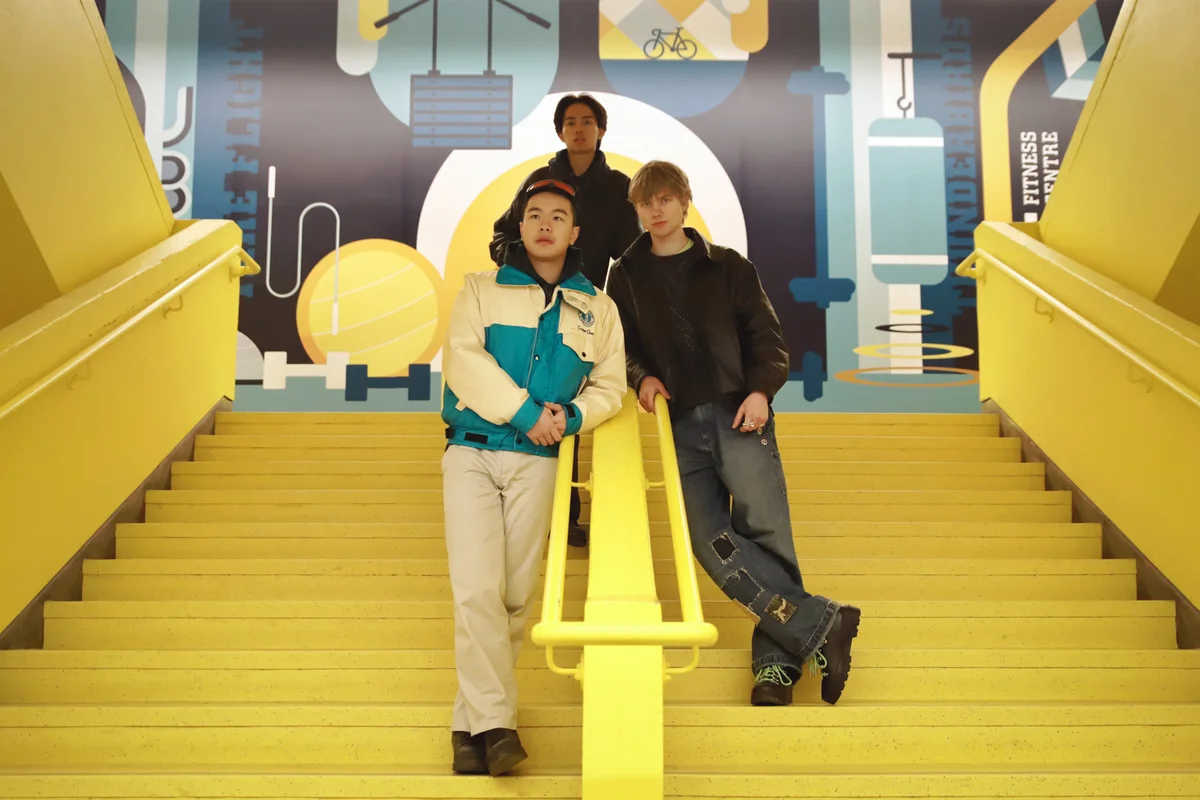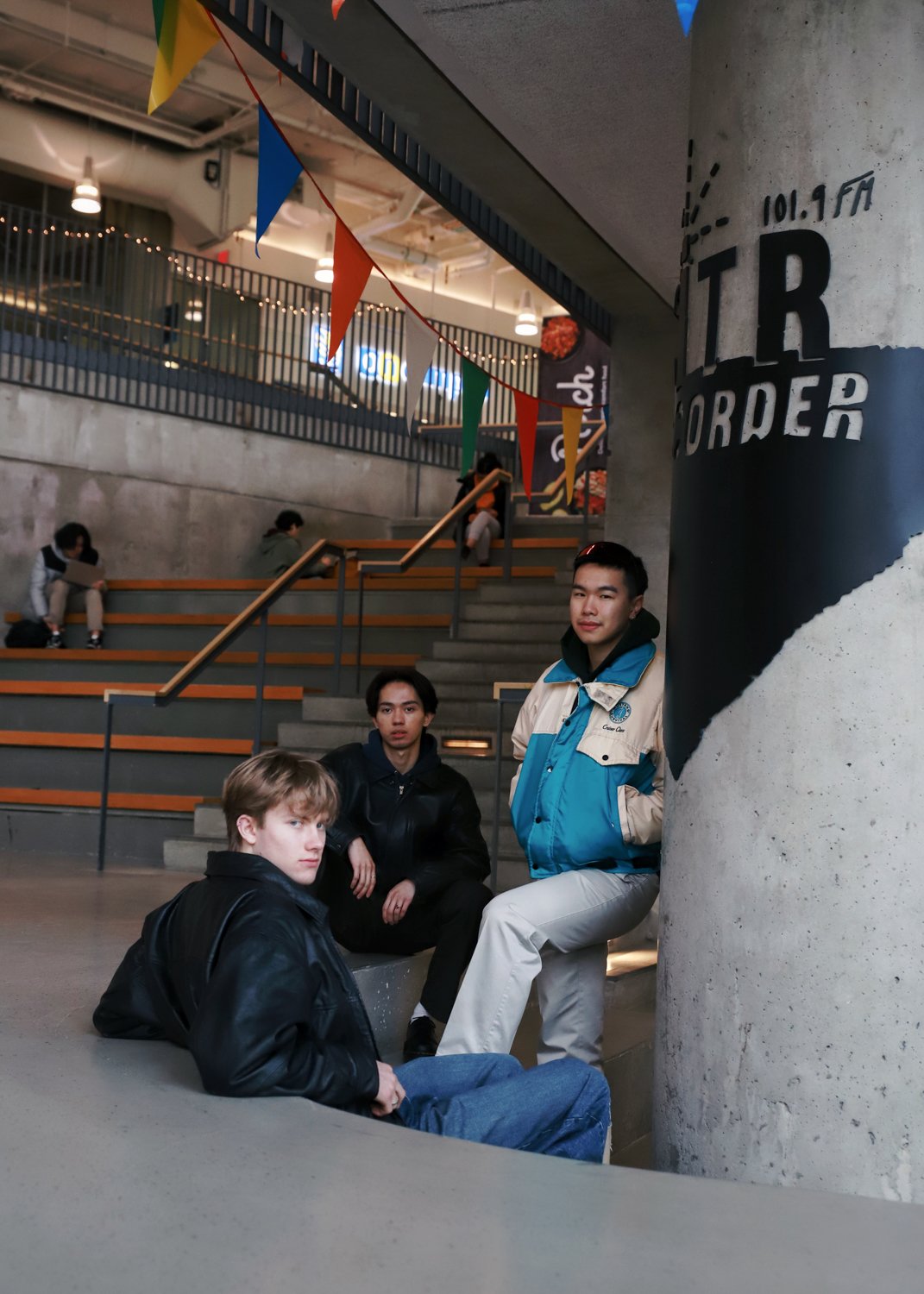
For the past few years, remote learning has accustomed us to business on top, party on the bottom attire. UBC Fashion Club fashion aesthetics and mentalities they predict will be trendy in 2023, and how to keep up with trends without being wasteful or inauthentic.
Fashion club president Stephen Lin describes his personal style as a mix of vintage thrift finds and Uniqlo basics. He's excited about the trend of people making their own clothes. In 2022, we saw a trend of crocheting and sheer clothing — what club member Jasper Hart calls “the raw stuff.” Lin and Hart agree that handmade and hand-altered clothing is here to stay for 2023.
Hart runs a reselling business and dresses in a mix of what he wants to wear and pushes himself to wear. In terms of high fashion, he said that he appreciates that the fashion world is getting more into designers like Rick Owens and crazy, sculptural silhouettes.
After a collective agreement that parachute pants don’t make the cut for 2023, we talked about "trends" as an inherent aspect of fashion. Fashion club member Maclawrence Querido, whose earth-toned style is inspired by different eras, told me, “Before you can hop on a trend, a new trend has come up.” It is unsustainable to chase after trends because they will inevitably die out.
“If you spend so much on expensive parachute pants and in the next season, no one wants those anymore,” Hart said. “You're probably not going to wear them and end up throwing them out,” which hurts us financially and environmentally.
Why are trends still a thing then? Playing devil’s advocate, Lin mentioned Maison Margiela’s Tabi shoes.
“If you wore the “camel toe” shoes during the trend, it would be more socially acceptable to wear than just out of the blue.” When done the right way, trends help people be more exploratory in their styles and shift the fashion landscape in new directions.
We also talked about thrifting as a trend — a sustainable alternative to fast fashion — which facilitates more unique finds, textures and the creativity to mix and match between different eras of outfits.
“All trends are recycled fashion,” Lin said. “It starts to get costume-y when you wear an entire historically-accurate outfit, but it’s when you starting mixing and matching time-periods,” that’s when it starts to become stylish, and “that’s when you have more creative liberty as well.”
Our contemporary historical moment also impacts fashion: Lin predicts that after our collective experience with the COVID-19 pandemic, everyone will want to show their individuality through by dressing up more. Hart predicts more people to wear “mismatched suits, with different pants and fabric” as a counterpoint to the uniform norms of business casual workwear.
Querido brought up the popularity of loafers, while Hart mentioned that ties and collars are “coming back.” Although it seems “the uniform” won’t catch on as much at UBC because, as Lin puts it, “everyone is trying to find their style,” this remains popular among early-career young professionals.
At UBC though, Lin believes we should “facilitate a method for people to be able to recycle their clothes” while finding their own signature style – their own uniform.
Have you own fashion trend predictions? Email culture@ubyssey.ca to share your own style suggestions and commentary.


